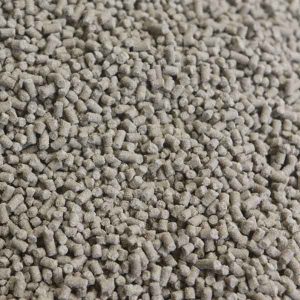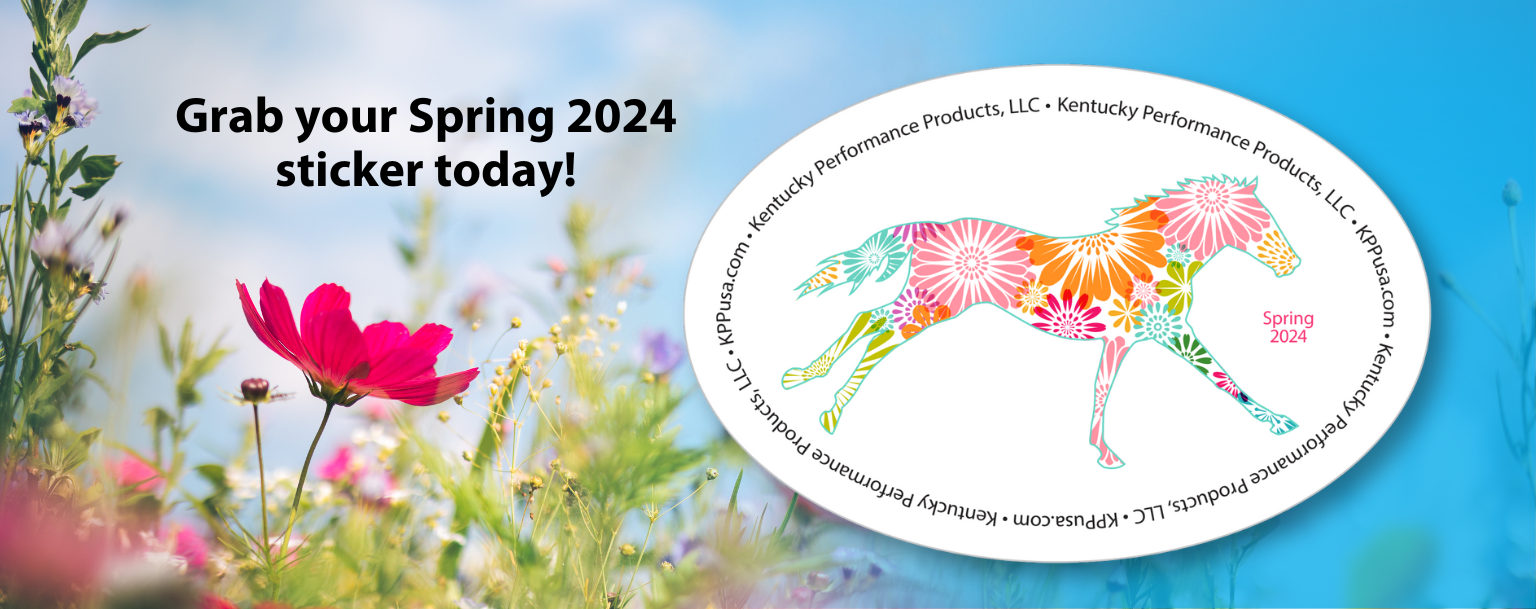
The Ratio of Calcium to Phosphorus Is Important in Your Horse’s Diet
The minerals calcium (Ca) and phosphorous (P) play a major role in proper growth and development of the skeletal system in horses. Calcium and phosphorus must be provided by a horse’s diet in the correct levels and ratio. If more phosphorous than calcium is consumed by a horse then calcium absorption can be impaired and skeletal malformations, poor growth, and muscle disorders can occur. Even if a diet contains adequate calcium, excessive phosphorus intake may cause abnormalities. Nutritionists recommend that a Ca:P ratio between 1:1 to 2:1 should be provided by the total diet. The total diet might consist of any combination of the following feedstuffs: hay, pasture, concentrates (plain grains or commercial feeds), and supplements.
It is best to consult a trained nutritionist or your veterinarian when developing or changing your horse’s diet. It is easy to feed too much phosphorous when large quantities of plain grains such as oats and corn, or grain byproducts, such as wheat bran and soybean meal, are included in the diet without the addition of adequate amounts of extra calcium. Most commercial feeds combine grains, grain byproducts, and soluble fibers with a vitamin/mineral pellet that balances the calcium to phosphorus ratio in the feed. Adding additional plain grains (like oats) or grain byproducts (like wheat bran) to a balanced commercial concentrate can also lead to imbalances.
Hay and other fiber sources are not all are created equal when it comes to calcium content. It is important to know what levels of calcium and phosphorous are provided by the fiber source you are feeding. Some fiber sources, like grass hay and plain grass pastures, have lower levels of calcium than straight legume hay or mixed grass/legume hay and grass/legume pastures. The best way to determine the amount of calcium and phosphorus in a fiber source is to have it tested.
Supplements may or may not contain significant amounts of calcium and phosphorous. For example, rice bran, a common energy supplement, has an inverted Ca:P ratio. It contains more phosphorous than calcium. When choosing a rice bran energy supplement look for one with added calcium and the correct Ca:P ratio.
Overfeeding certain minerals can affect the absorption of calcium and/or phosphorus. With so many all-in-one or multipurpose supplements on the market today it is possible to double up on minerals. Don’t feed multiple supplements that contain similar ingredients. Know what minerals your commercial concentrate and fiber sources are providing. Look for supplements that were formulated to be fed in certain situations. Review the ingredients on a supplement’s label and follow the manufacturer’s feeding directions carefully. If in doubt, contact the supplement manufacturer or your nutritionist and ask if there is any risk of over-supplementation before you add a supplement to your horse’s diet.
There is a wide variation in the calcium and phosphorus levels found in typical feedstuffs. It is important for horse owners to have some sense of how much calcium each part of their horse’s diet is providing. A balanced Ca:P ratio is necessary for your horse’s well-being.
Ca and P levels in common feedstuffs
- Legume pasture and hay (alfalfa and clovers) are typically higher in calcium than phosphorous.
- Most straight grass pastures and hay (timothy, orchard, fescue) have more calcium than phosphorous, but they do not contain as much as legumes pasture and hay.
- Plain grains (oats, wheat, rice) are typically much higher in P than Ca.
- Fortified commercial concentrates (sweet feeds or pellets) are typically balanced for calcium and phosphorus; check the feed tag for the exact ratio.
- Supplements may or may not be balanced for calcium and phosphorus, so read labels carefully and follow the manufacturers’ directions.
The first step in avoiding Ca:P imbalance is to be aware of what the feedstuffs in your horse’s diet are providing. Routinely testing your hay and pasture, feeding well-balanced concentrates, and carefully reviewing supplements before you add them will go a long way toward ensuring your horse is getting the proper levels and ratio of calcium and phosphorus.



3 Comments
I have a weanling that is buckling in the ankles what product should I feed
Dear Joan,
There are multiple factors involved in equine developmental orthopedic disease (DOD) in weanlings. In cases where tendon contraction leads to knuckling over in the fetlock, the problem can be related to a mineral imbalance, rapid growth rate or excessive weight. We strongly suggest you consult your veterinarian to determine the cause of your weanling’s DOD and work with him or her to determine the best course of treatment.
Pingback
[…] From the KPP Blog: […]